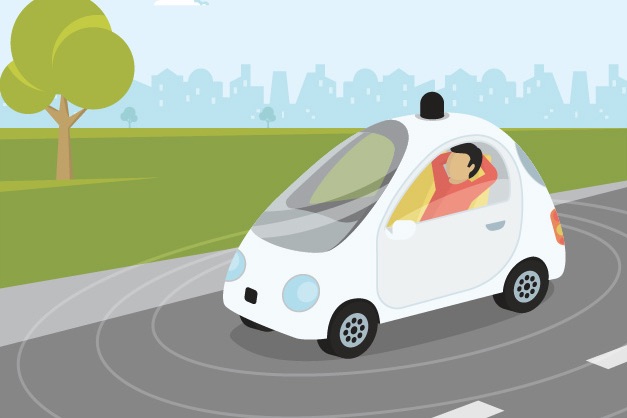
I recently took an online defensive driving course in an effort to save some money on my car insurance. It was a fairly easy process that involved reading up on a bunch of topics, including basic rules of the road, risk factors for crashes, safe driving techniques and vehicle safety equipment. Basically, all the things covered in your high school driver’s ed course that you probably haven’t thought about since. Of all the topics covered, though, the one that was given the most attention, by far, was drunk driving.
This is really no surprise. According to the National Highway Traffic Safety Administration, almost 10,000 people were killed in crashes involving alcohol-impaired drivers in 2014, accounting for almost one-third of all traffic fatalities in the United States. Based on 2010 statistics, the NHTSA estimates the annual economic cost of drunk driving—which includes productivity losses, property damage, medical costs, rehabilitation costs, congestion costs, legal and court costs, emergency services, insurance administration costs, and the costs to employers—at more than $52 billion. Add in more intangible consequences, such as physical pain and reduced quality-of-life, and the estimate balloons to an annual societal cost of $236 billion.
As bad as the problem is, it was once much worse. In the mid-1970s, drunk driving accounted for more than 60% of U.S. traffic fatalities. Stricter law enforcement and awareness campaigns from groups like Mothers Against Drunk Driving helped bring the rate down significantly, but since the mid-1990s, alcohol-related fatalities have remained more or less constant.
So how do we go about getting off this deadly plateau and reduce the risk even further? Since this is a risk entirely based on human failure, it would seem that the logical, most-effective solution would be to get rid of drivers entirely. While this suggestion would have sounded insane only a decade or two ago, given how intertwined driving is with American life, it now may be possible because of the increased progress of self-driving cars.
It turns out that autonomous cars have been much safer than human-operated ones. For years, Google has been testing autonomous driving technology, logging more than 1.4 million miles on California roads with only 18 accidents, almost all of which were caused by human error. The only blemish on Google’s self-driving record so far happened in February, when a car traveling at about 2 mph, sideswiped a bus going about 15 mph, after the bus did not yield as expected.
Google’s success has encouraged major auto manufacturers to get into the self-driving game. For example, Toyota, General Motors and Mercedes-Benz have all recently announced plans to develop self-driving cars. Meanwhile, Tesla Motors already introduced self-driving features in its Autopilot system, including Summon, which allows the car to park itself or come when called at the push of a button. Tesla CEO Elon Musk believes his company is only a couple of years away from a fully autonomous car, and most experts expect self-driving cars will become common in the next 10 to 20 years.
What this means for auto insurers, mechanics, truck drivers, city planners and others remains to be seen, but the technology could be as disruptive to their businesses as the internet was to the retail industry. New and previously unknown risks will certainly present themselves, but the trade-off would be that our robot chauffeurs could essentially remove human error, like driving drunk, from the motor vehicle equation, saving billions of dollars and thousands of lives. For that, I would be willing to let go of the steering wheel, sit back and pour myself one more for the road.
